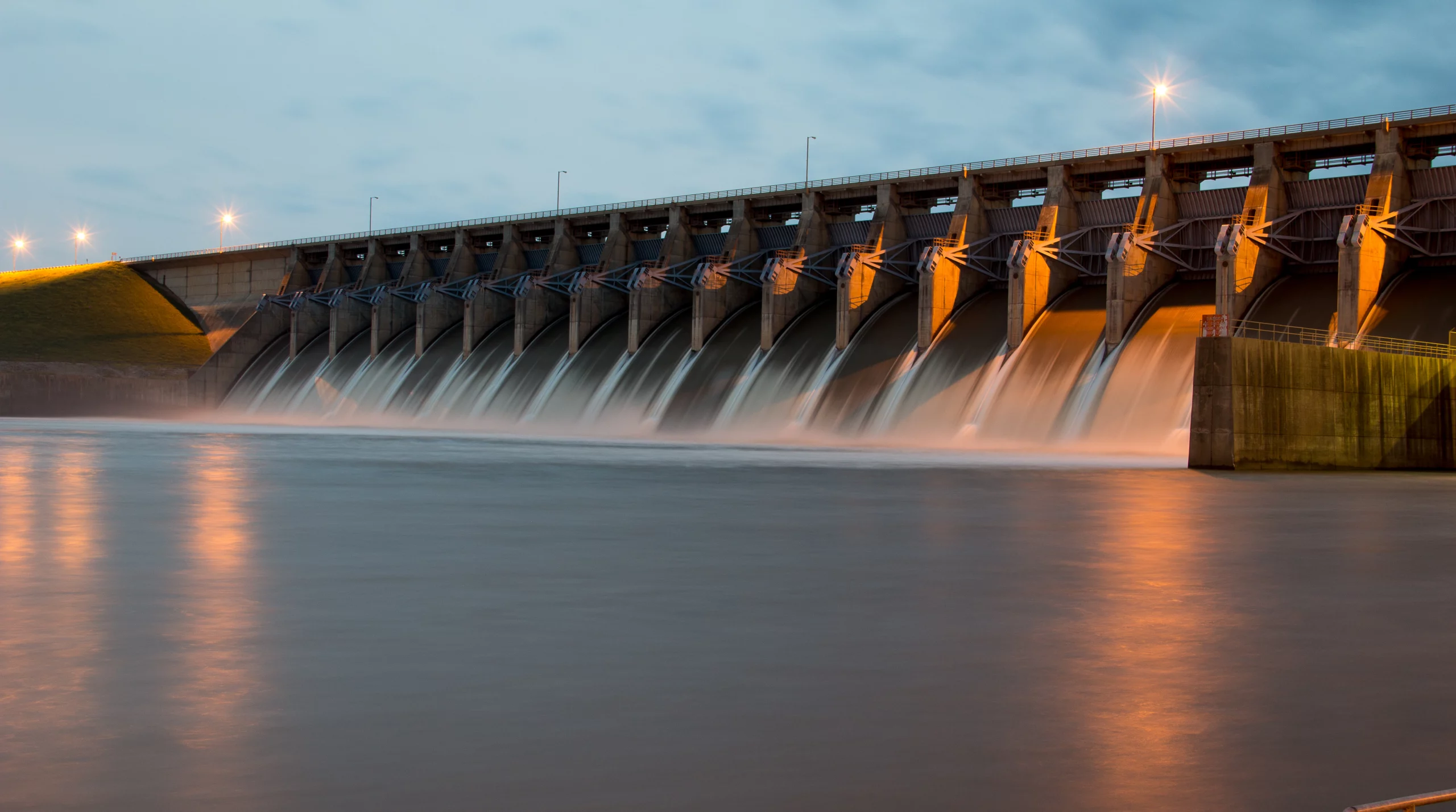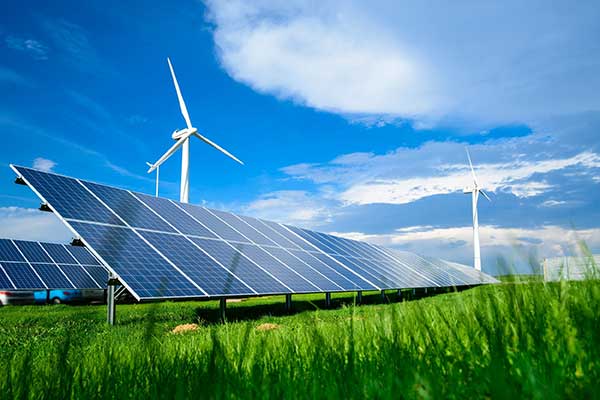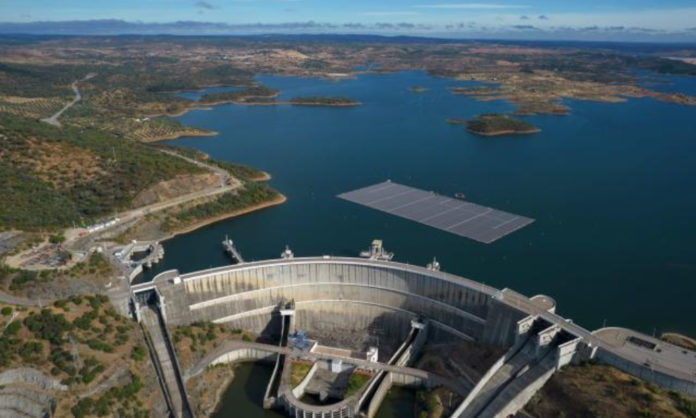The Three Gorges Dam in China is a magnificent structure that spans the Yangtze River and is so large that it could cover seven Wembley Stadiums with concrete and eight Empire State Buildings with steel. The Philippines might be entirely powered by its turbines.
How is the world heading to a clean energy crisis
The biggest power plant in the world, however, was strangely silent this summer. In late August, the water was still on both sides of the dam. Neither the typical white spray rising from the spillway nor the boom of water coming from the turbines could be seen. The reservoir has been considerably depleted due to extreme heat and a drought upstream, which has significantly decreased the plant’s capacity to produce energy.

An international hydropower dilemma that is being exacerbated by global warming includes the water problems of China’s famous mega-dam. Heat waves and droughts have caused rivers that feed reservoirs to shrink everywhere from California to Germany. Through September of this year, hydroelectric energy output in Europe decreased by 75 terrawatt-hours, which is more than Greece’s yearly use, while hydroelectricity output in China decreased by 30%. In September and October in the US, generation is anticipated to reach its lowest point in six years.
Are dams dependable in the near future?
Utility companies are being forced to reevaluate hydropower’s historic position as a dependable and quick source of green energy due to a harsh irony. Despite being the greatest source of renewable energy in the world, dams are becoming less useful in the fight against climate change due to harsh weather. In terms of planning power systems, the cycle provides “a warning signal,” according to Wenxuan Xie, Managing Con=nsultant at Wood Mackenzie Ltd. “You really need to consider the likelihood of severe occurrences and the possibility that possibly something you earlier considered to be extremely unlikely might occur more regularly.”
The issue is that there aren’t many green options that are equally accessible or versatile. On a global scale, hydropower produces more electricity than nuclear power and more than wind and solar power put together. Dams provide more than half of the total power in nations like Brazil and Norway. Furthermore, according to BloombergNEF statistics, big dams have traditionally been more dependable, providing electricity on average around 42% of the time as opposed to 25% for wind and 12% for solar. Additionally, grid operators may utilize them as dispatchable sources, which can be turned on nearly immediately when needed, like coal or gas. Unless there is no water, that is.
Renewable energy network to replace fossil fuels
The difficulties of constructing a strong renewable energy network to replace fossil fuels are highlighted by Hydro, particularly in developing countries that must also deal with growing power demand as per capita consumption climbs. As the expense of completing the energy shift rises, the drought difficulties also highlight the need to step up efforts to slow global warming, according to Li of Greenpeace.

We need to recognize there will be things we can’t prepare for or are too expensive to plan for. If we don’t address the issue at the core of climate change and cut emissions catastrophic losses will occur.
Stay tuned to Brandsynario for the latest news and updates.
































